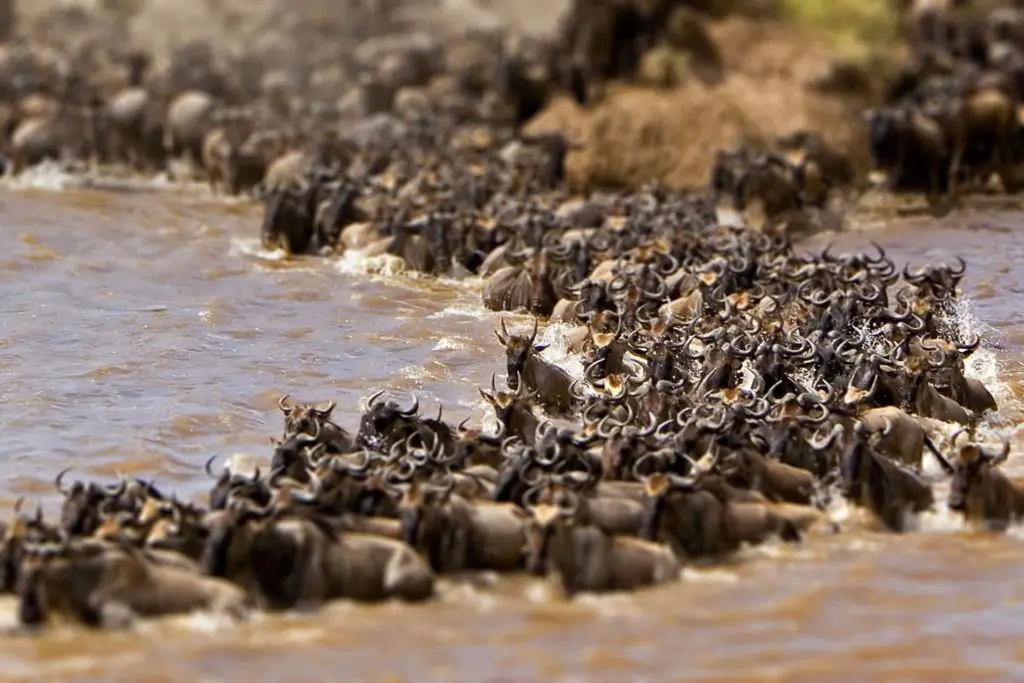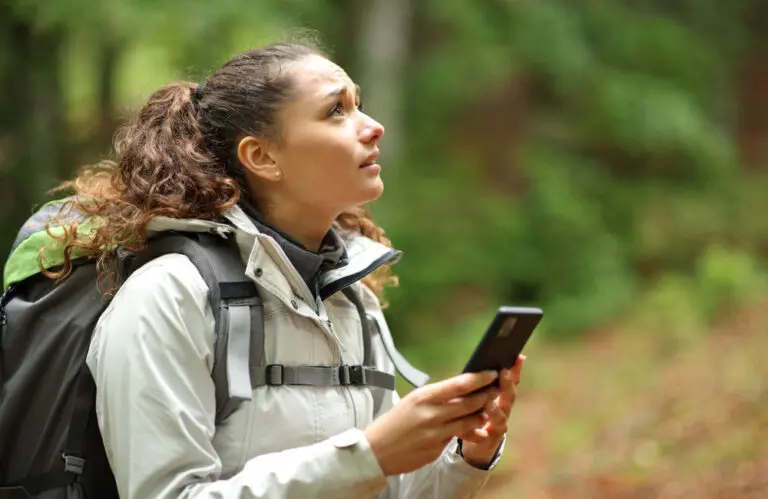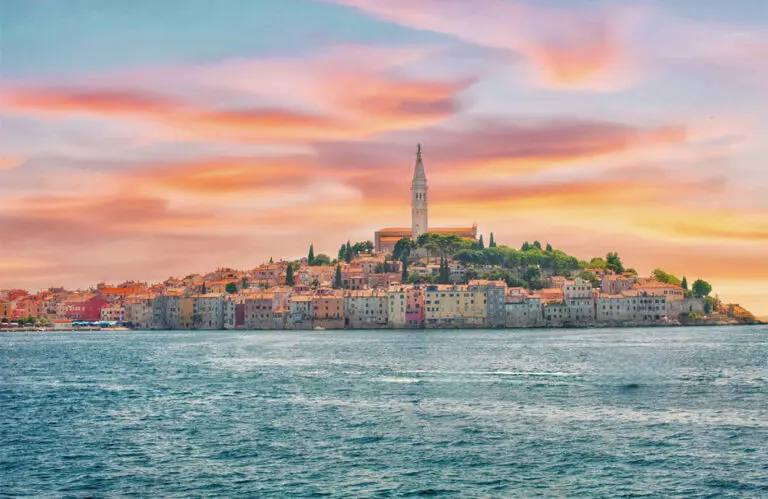Thundering stampede of the wildebeest traversing from the Masai Mara to the Serengeti or the scattering of tiny claws as vivid red crabs scuttle through the streets of Christmas Island…
Every year as animals are in search of warmer climates, we are presented with some of the most impressive wildlife migrations and I bet you didn’t know about all of these!
1. Monarch Butterfly Migration, Anguangeo and Valle De Bravo, Michoacan, Mexico
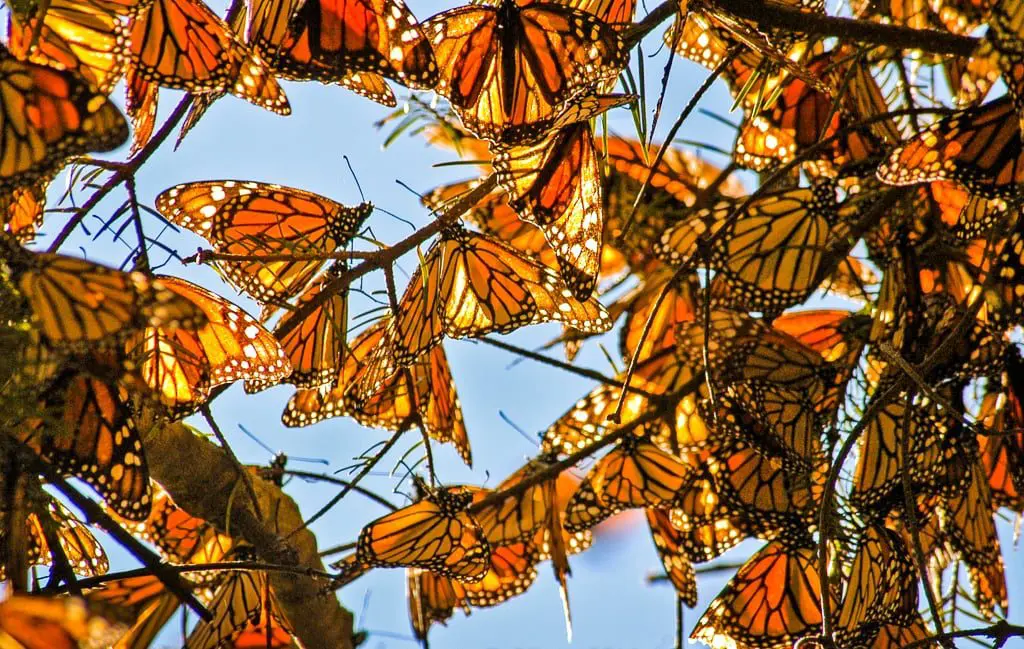
Mexico, Michoacan, winter migration of monarch butterflies
Every year, in late summer and early autumn, millions of monarch butterflies from the Eastern United States and Southern Canada begin a journey of 3200km to the Transvolcanic Mountain Range, located west of Mexico City.
The Monarchs gather there to over-winter in huge colonies of tens of millions of butterflies, literally hanging from fir trees in clusters so thick they look like bundles of dead leaves.
The butterflies arrive in November and remain largely inactive until undertaking the return trip north in mid-March.
How they find their way is a mystery because the monarchs that leave Mexico in spring are at least three generations removed from those that will make the journey back in the Autumn.
2. Sandhill Crane Migration, Nebraska Platte River, USA
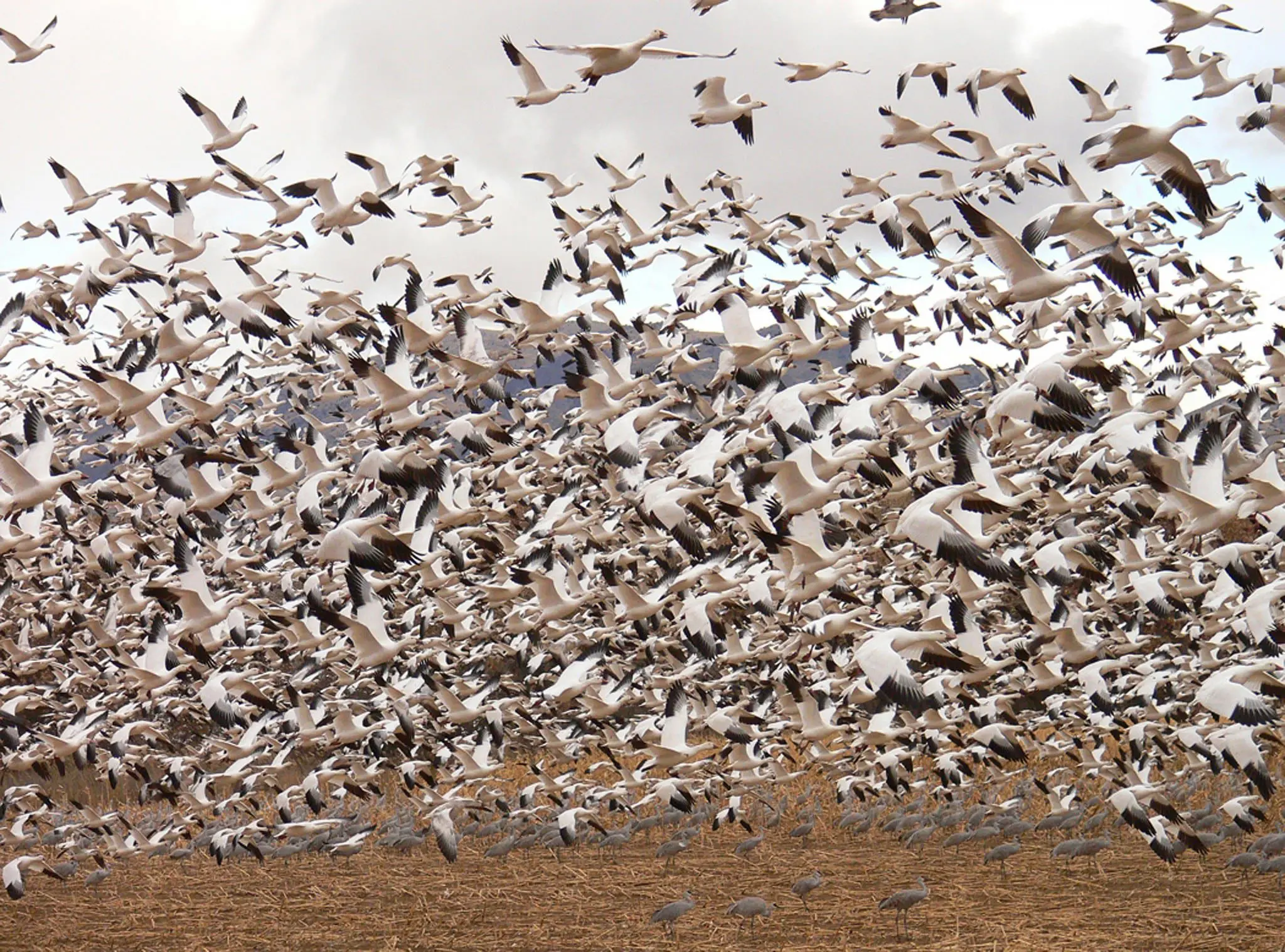
Nebraska’s Platte River, which bisects the state from east to west, is a major flyway for all sorts of migrating birds. But none moreso in more dazzling numbers than the stately, red-browed sandhill crane.
During just over a month (March to early April), some 500,000 of these birds converge to roost and feed along the Platte, darkening the sky with their mighty two metre wingspans and filling the air with a riot of calls.
3. Straw Coloured Fruit Bat Migration, Kasanka National Park, Zambia

00432929
Five million Straw Coloured Fruit Bats migrate over a five hour time period. That is five times as many mammals as the Serengeti wildebeest migration and happens in Zambia only 5 hours’ drive from Lusaka and the Copperbelt.
During November and December each year five million straw-coloured fruit bats take up residence in one hectare of Kasanka National Park mushitu swamp forest.
Enticed by the abundance of such delicacies as musuku, mufinsa and the other wild fruits in the area, colonies of bats start arriving in late October.
By day the bat colony roosts in the trees of the mushitu forest, packing themselves around branches and trunks which often break under the sheer weight of bat!
Daily life is not easy for the bats as many predators including raptors turn to a diet of bats for the two months that the colony is in residence.
Fish eagles, martial eagles, vultures and numerous other raptors have been seen to take the bats in flight and from the roost. Crocodiles, pythons and nile monitors clean up any bats found on the ground.
4. Pink Flamingo Migration, Lake Nakuru and Lake Bogoria, Kenya

Truly a spectacular sight, the lake is almost unrecognisable at times as it is “painted pink” with the bodies of pink flamingos.
Lake Nakuru and Lake Bogoria are two of the Rift Valley’s many soda lakes. The lake’s abundance of algae attracts the vast quantity of flamingos that famously line the shore.
As the lake dries out, bird droppings stick around longer creating a more algae on the lake.
The more algae, the more food and therefore more flamingos.
That is why it is best to visit in the height of the dry season (April to June) if you want to see the million flamingo phenomenon.
*Note due to heavy tourism, many of the flamingos now migrate to Lake Bogoria solely.
5. Red Crab Migration, Christmas Island, Australia
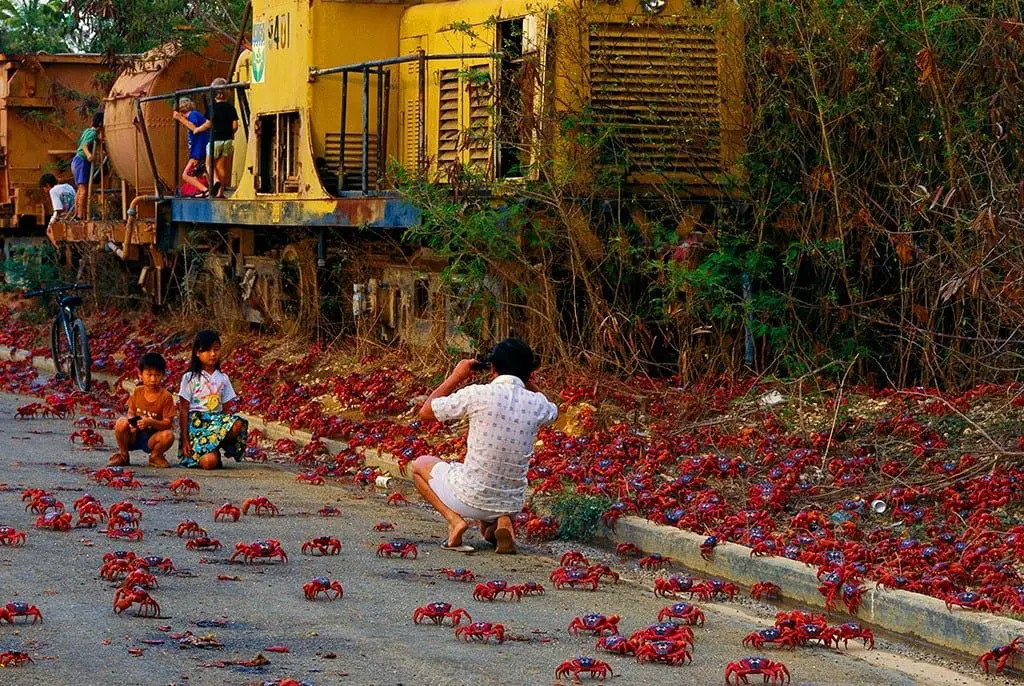
250338
At the beginning of the wet season (usually October / November), up to 40 million adult Red Crabs suddenly begin a spectacular migration from the forest to the coast, to breed and release eggs into the sea.
The rains provide moist overcast conditions for crabs to make their long and difficult journey to the sea.
The main migration commences on the plateau and can last up to 18 days.
Masses of crabs gather into broad “streams” as they move toward the coast, climbing down high inland cliff faces, and over or around all obstacles in their way, following routes used year after year for both downward and return migrations.
Movement peaks in the early morning and late afternoons when it is cooler and there is more shade.
6. Green Sea Turtle Migration, Tortuguero National Park , Costa Rica
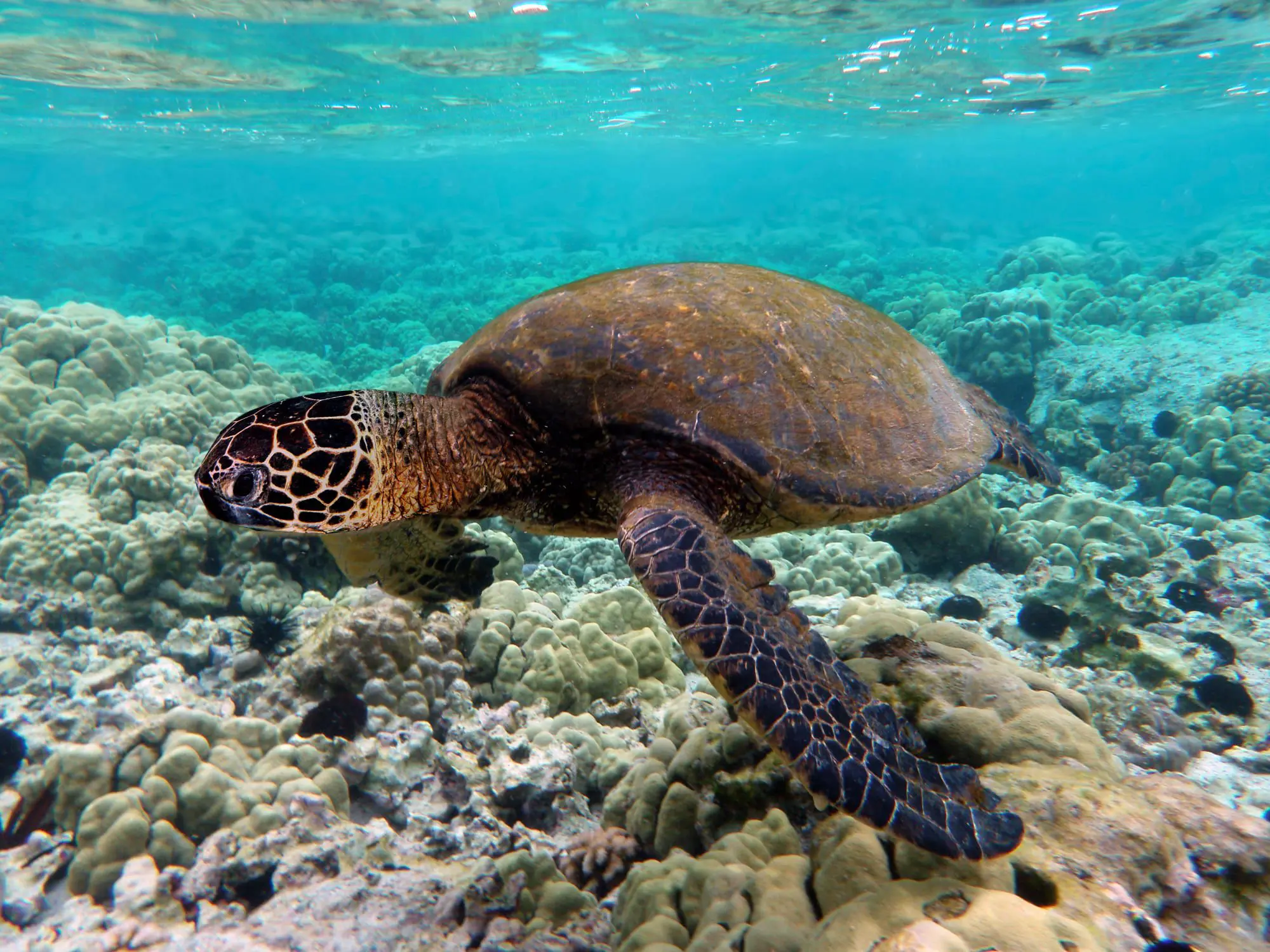
OLYMPUS DIGITAL CAMERA
Thousands of endangered green sea turtles enact an extraordinary annual migration ritual in June/July by returning to the same remote stretch of Costa Rica’s northeastern coast where they were born in order to lay eggs of their own.
On the beaches of Tortuguero National Park, dozens of turtles haul themselves ashore each night to laboriously dig nests in the sand and deposit their precious eggs, before slipping exhausted back into the sea.
7. Humpback Whale Migration, Vava’u, Tonga

The humpback whales migrate each year from their feeding grounds in the Antarctic to the warm, sheltered waters of Vava’u to mate and calf.
A journey of over 10,000 kilometres.
The waters around Vava’u have made this place a favourite nursery for the migrating Humpback Whales and every July through to late October.
You can even swim with the migrating whales in the waters here.
Read more blog posts from Lisa Pagotto at www.crooked-compass.com/travel-blog



